Living in Florida for the past 25 years, I’ve experienced way too many Category 4 and Category 5 hurricanes to count, including Hurricanes Mitch (1998), Ivan and Charley (2004), Wilma (2005), Irma (2017), Ian (2022) and Milton (2024). And that’s not counting the smaller hurricanes and tropical storms that wreak havoc in between the big ones.
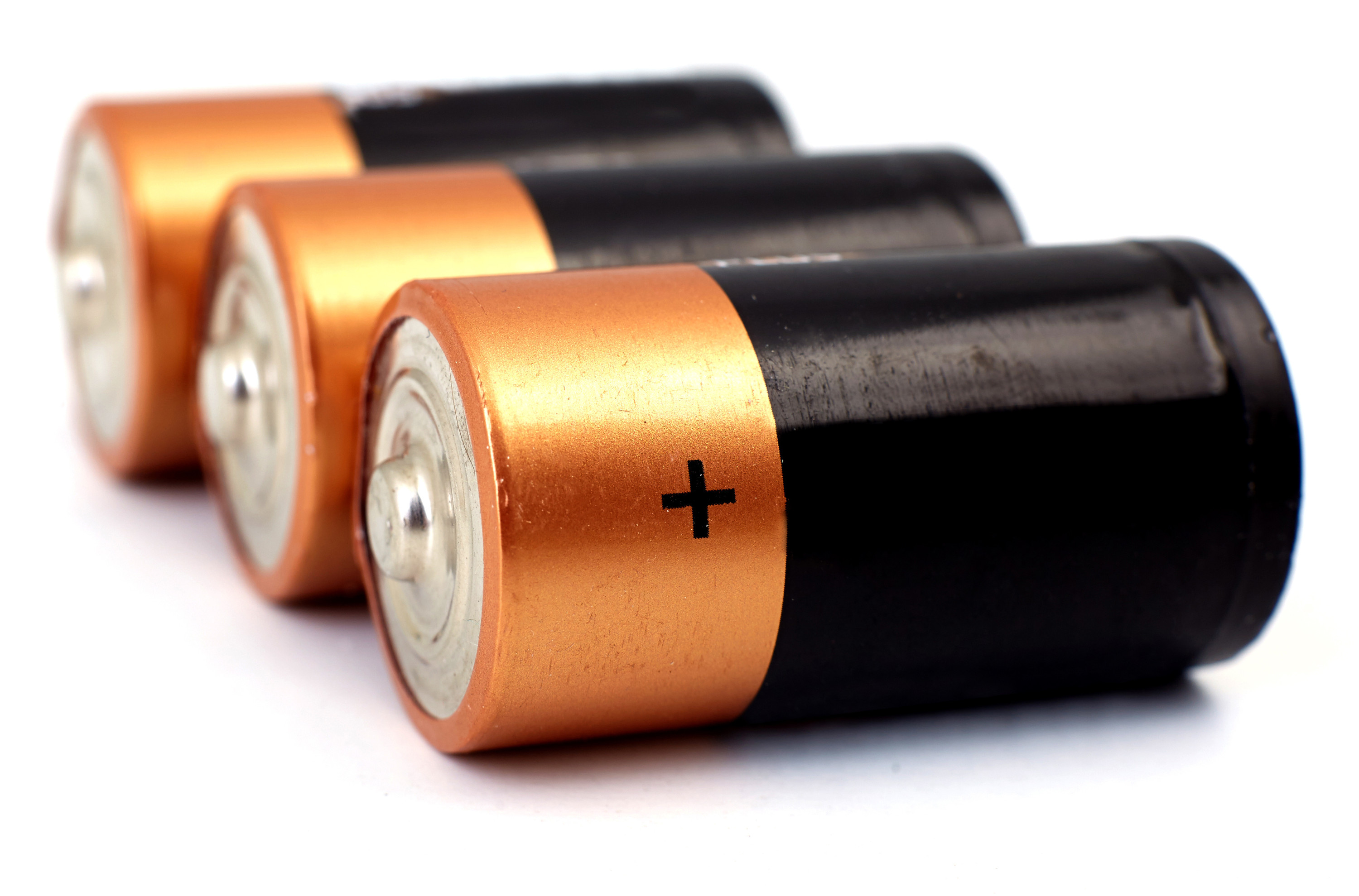
Hurricanes are unpredictable. You never know when one will change its course at the last minute and come right at you just when you breathe a sigh of relief. Take, for example, Hurricane Michael, which took a last-minute turn from Southwest Florida heading north to literally flatten Mexico Beach and parts of Panama City in 2018.
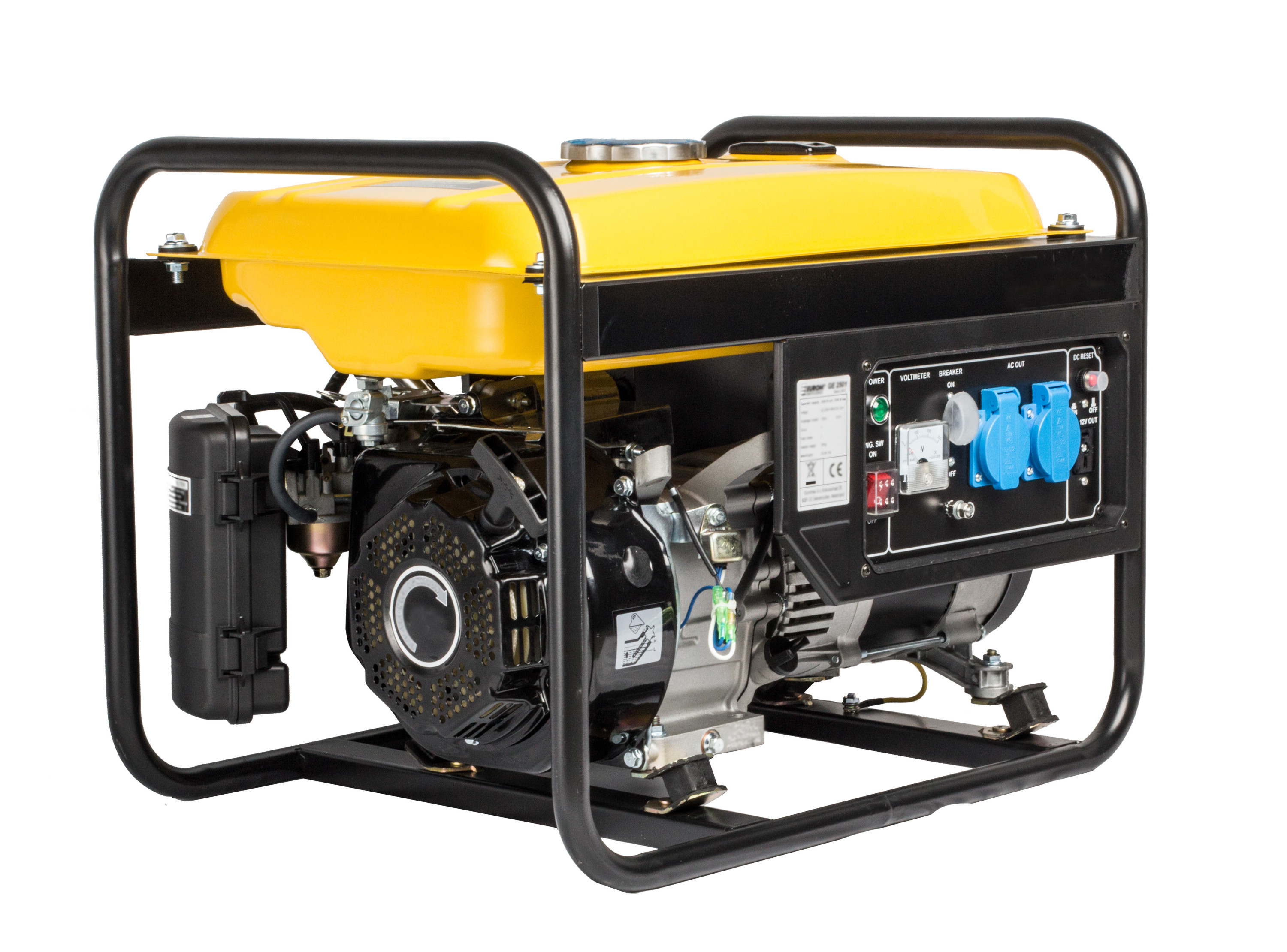
It’s not a matter of if but when disaster will hit. Sadly, hurricanes aren’t our worst enemy; it’s our complacency and disregard for the inevitable that will probably harm us the most. In other words, if you’re not smart, not realistic and not prepared, you’ll have no one but yourself to blame if you’re not organized when disaster hits.
Following is the only hurricane checklist you’ll ever need. Yes, it’s long. And yes, there are some items that might seem a bit eccentric, such as dry shampoo, but trust me, if you were here and experienced the physical devastation and mental distress brought on our beautiful community by the ravages of Hurricane Irma in September of 2017 and Hurricane Ian in September of 2022, you know first-hand that you can never be too organized or too prepared.
Standard essentials
| Frill-free landline phone and basic phone service (not cable) | Regular (not rechargeable) batteries |
| Manual can opener, scissors, sharp knife | Wine key and bottle opener |
| Heavy-duty hammer, double-sided screwdriver | Portable grill w/plenty of propane or charcoal |
| Disposable plates, napkins, cups, utensils | Ice trays and pre-cut aluminum foil sheets |
| Quart and gallon-sized Ziploc bags | LED lanterns (amazon.com) |
| Flashlights and headlamps (LED ones are best) | Several battery-operated fans (handheld and others) |
| Plastic tarps, duct tape, bungee cords | Whistles |
| Bleach | Emergency drinking water system (WaterBOB.com) |
| Silicone pot cover for tub drain | Several gallon-size jugs to fill with water for flushing toilets |
| One large watertight file box for important files | One large watertight container for garbage |
| Well-stocked first aid kit (replenish this annually) | Bug repellent, insect bite ointment and sunscreen |
| Matches and multi-purpose lighters | Rubber boots, heavy-duty work gloves and face masks |
| Large coolers with wheels and lots of freezer packs | Automobile jumper cables |
| Tape measure | Portable mobile phone chargers/battery packs with cords |
| Solar-powered mobile phone chargers/ battery packs with cords | Unscented dry shampoo (you’ll be glad you did) |
| Metal, spill-proof, UL-approved “safety” gas cans | Blankets, pillows and inflatable mattresses |
Pet owners
| Keep pet food, medications and anti-anxiety pills stored in a watertight container (two-week supply) | Copy all current vaccines/licenses and store in a container |
| Secure animals in crates with toys and long-lasting rawhide bones during and after the storm | Always secure pets with harness and leash |
| Microchip all pets and have current ID on collar | Puppy “pee-pee” pads |
| Collapsible pet cages (essential for evacuation, shelters and hotels) |
Optional
- Generator and gas (store per manufacturer’s manual)
- Carbon monoxide detector
- Gas or battery-powered chainsaw and protective gear
- NOAA weather radio and two-way radios
As far in advance as possible
| Review all insurance coverages | Set up an online insurance account with a hotline number in your phone |
| Inventory and photograph all personal property | Create a master list of accounts and emergency numbers |
| Service/repair hurricane shutters | CASH (small bills are best) |
| Non-perishable food (seven days) | Toilet paper and paper towels (seven days) |
| Disposable hand sanitizer and/or baby wipes | Disposable disinfecting wipes |
| Drinking water for humans and pets (4 gallons per person and pet, per day for 14 days) | Disposable toothbrushes |
| Sandbags or large bags of potting soil | Trim trees, palm fronds, coconuts, etc. |
| No shutters? Have plywood cut in advance and have an installation plan in place | Give a spare key to a friend for safekeeping |
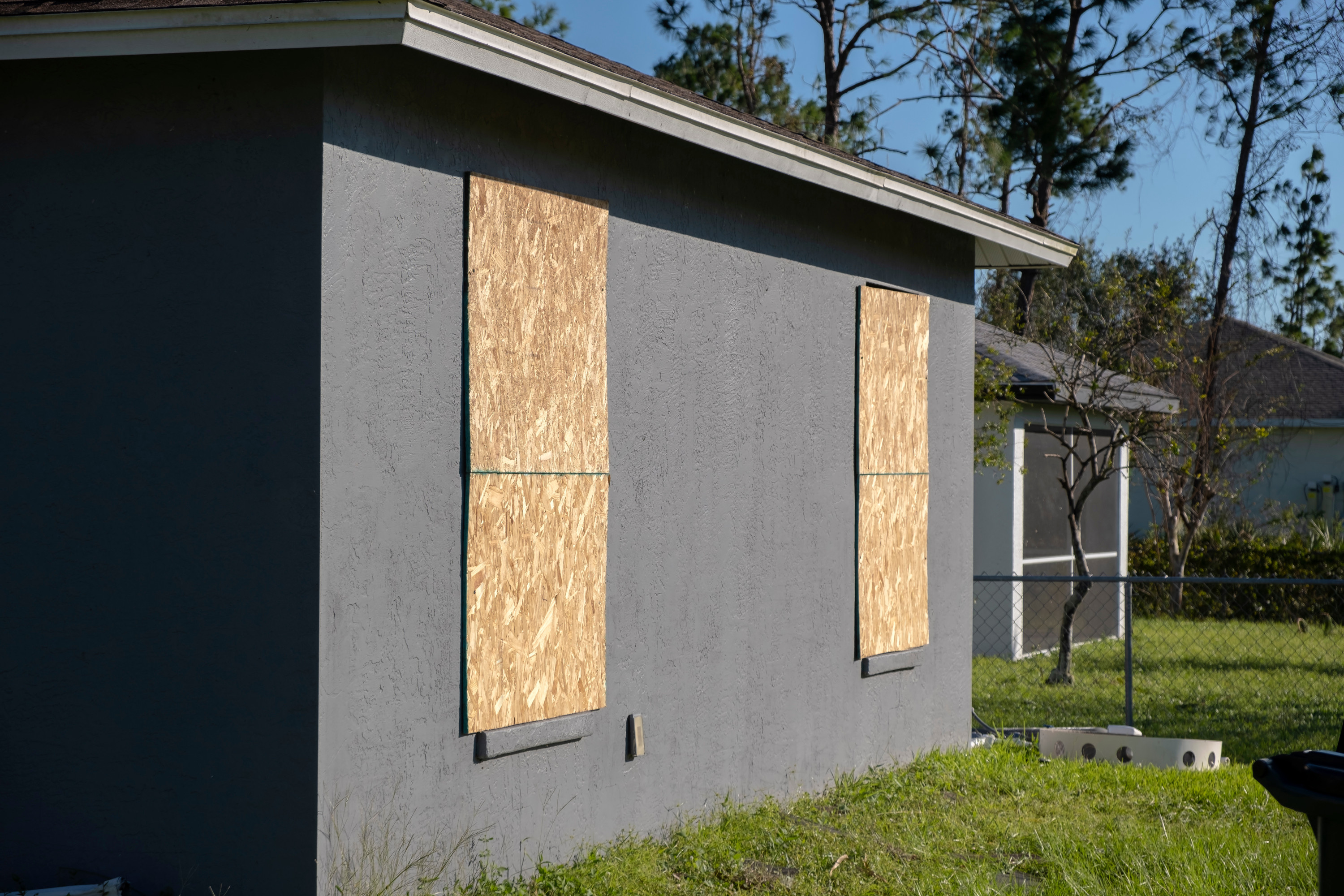
One week before the storm
| Put shutters or plywood up and leave two means of egress | Recycle any unwanted hazardous materials | Remove blades from exterior ceiling fans |
| Remove and/or tie down exterior light fixtures | Remove decorative knickknacks, pots, statues, furniture and doormats, etc. | Purchase boxed milk, oranges, grapefruits and apples |
| Turn on government alerts (mobile phone) and register with Alert Collier | Set aside rubber boots and a rain jacket with a hood | Fill lots of gallon-sized Ziploc bags with ice |
| Empty freezer and refrigerator of all perishable items | Fill gas tanks and top off all automotive liquids | Inspect tire pressure |
| Limit driving to necessary travel only | Fill spill-proof gas cans and store in the garage | If you decide to evacuate, do not wait. |
Three days before the storm
| Wash all dirty laundry | Change bed linens and clean home/ apartment |
| Balance bank statements | Pay all credit card bills and estimated taxes |
| Be sure everyone in your family carries detailed identification and medical information at all times | Keep current digital photos of all family members and pets on your mobile phone in case of emergency |
| Pack one duffle bag/person in case of evacuation | Store all prescription medicines, eyeglasses, contact lenses, hearing aids/ batteries, syringes, pet meds, checkbooks and passports in a watertight container |
| Store copies of all insurance policies, HUD statements, title insurances, car titles, prescriptions and medical conditions, proof of address and pet records | Refill all prescriptions in advance (30-day supply preferable) |
24 hours before the storm
| Turn the icemaker off and empty the ice tray | Pre-cook all meat, fish and poultry |
| Crank up the freezer and refrigerator settings to the coldest setting | Crank up HVAC to cool home (turn AC off when power goes off) |
| Pull blinds down to keep your home cool | Fill bathtubs with water. This water will not be for drinking. |
| Fill gallon jugs with water for toilet flushing | Limit wastewater use until given the “all-clear” by local utility authority |
| Run dishwasher and washer/dryer one last time | Charge all mobile phones, tablets, laptop computers and external battery packs |
| Back up files to the Cloud or to an external hard drive (keep in a watertight container) | Store computer/laptop in dishwasher and lock |
| Fill several thermoses with coffee | Tell out-of-town friends and family where you will be during the hurricane, as well as your backup plans (i.e., evacuate) |
| Tell family and friends to limit calls/texts (set up group text) | Clear all voicemail then all deleted voicemail messages from your mobile phone. |
| Put hurricane supplies in one place (off the floor) |
Day of the storm
| Pull the car into the garage as far as possible | Lock the garage from the inside by closing the safety latch and put the lift on the manual setting |
| Turn the hot water heater and corresponding circuits off. | Put dry towels and bathmats on the floor surrounding all windows and doors |
| Unplug all small appliances | Close all windows and interior doors (lock windows, not doors) |
| Put all mobile devices on “low battery” mode | Leave your mobile devices on at all times |
| Pick a windowless interior room where everyone will remain for the duration of the storm | Have a backup location where everyone goes in case the windows blow |
| If you do move to the backup location, take a headcount | Lock all exterior doors and put the key in a secure place |
| Discuss evacuation routes in advance | Flying debris? Take cover and shelter in place! |
| Wear long pants, sneakers and socks (no shorts or flip-flops) | Everyone should have a raincoat, rubber boots, umbrella, hat and flashlight readily available in case of emergency |
| Keep passport, driver’s license/identification, cash and credit/debit/ATM cards together in a handbag or Ziploc bag and place next to your raincoat for quick retrieval | Keep an extra set of car and house keys in a Ziploc bag |
| Turn the TV off and unplug until power and cable are stable | Turn HVAC and corresponding circuits off (air handler first followed by condenser) |
After the storm
| Reset the HVAC system by turning the air handler and condenser off at the breaker for 10 minutes before turning back on | Change AC air filters and reset the temperature to normal |
| Run two full cycles in the empty clothes washer and in the empty dishwasher to ensure water is clean | Run two or three full icemaker cycles before use |
| Reset refrigerator/freezer temperatures to normal | Report all damage to insurance companies with photos and videos |
| Replenish all supplies after the storm | Remove batteries from all flashlights, radios and fans when not in use |
— Naples’ Premier Professional Organizer Marla Ottenstein offers expert organizing, decluttering, down-sizing, moving, packing/unpacking and time management services for residential and corporate clients. Licensed and insured. Member: National Association of Professional Organizers and the American Society of Professional Organizers. Ms. Ottenstein’s Ultimate Hurricane Checklist is a copyrighted document that cannot be altered or reprinted without her permission.

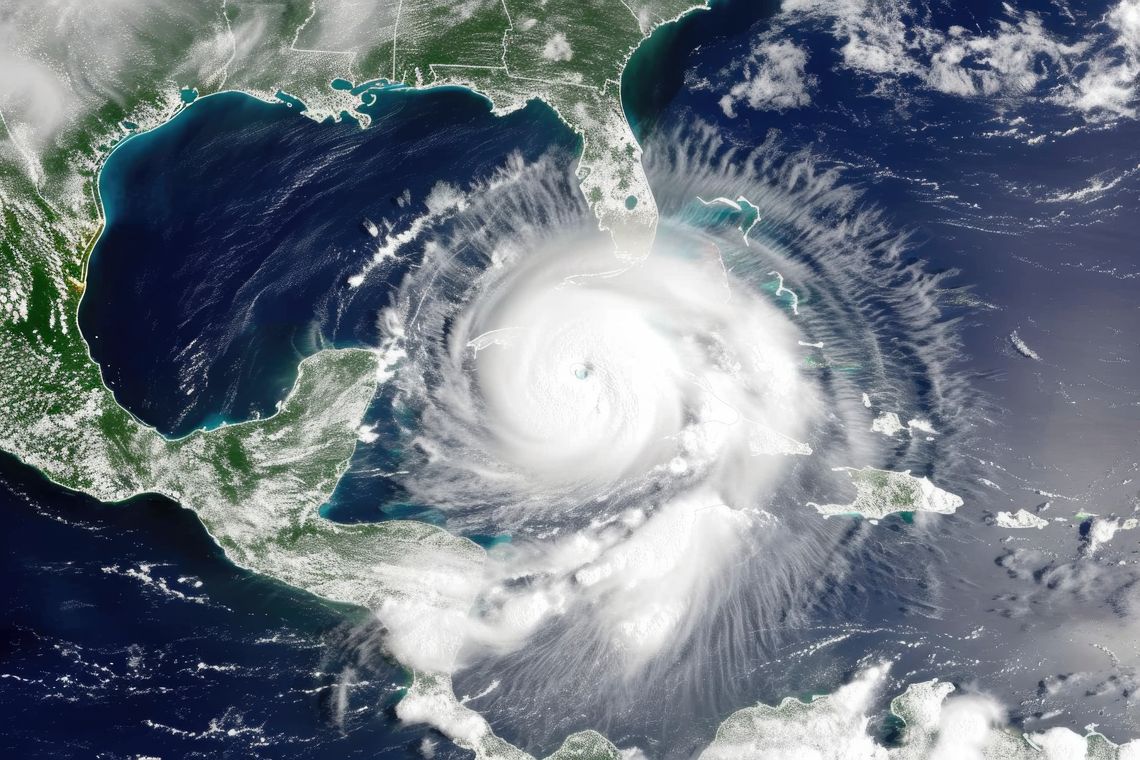




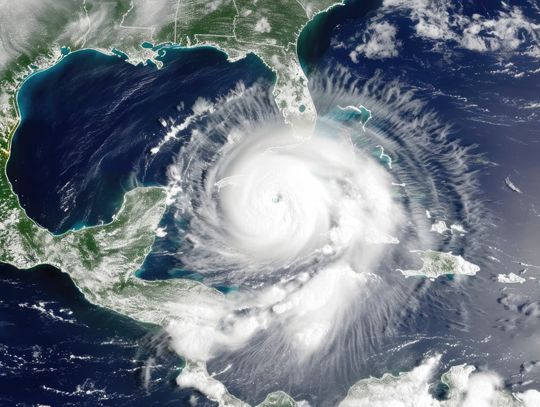
















Comment
Comments